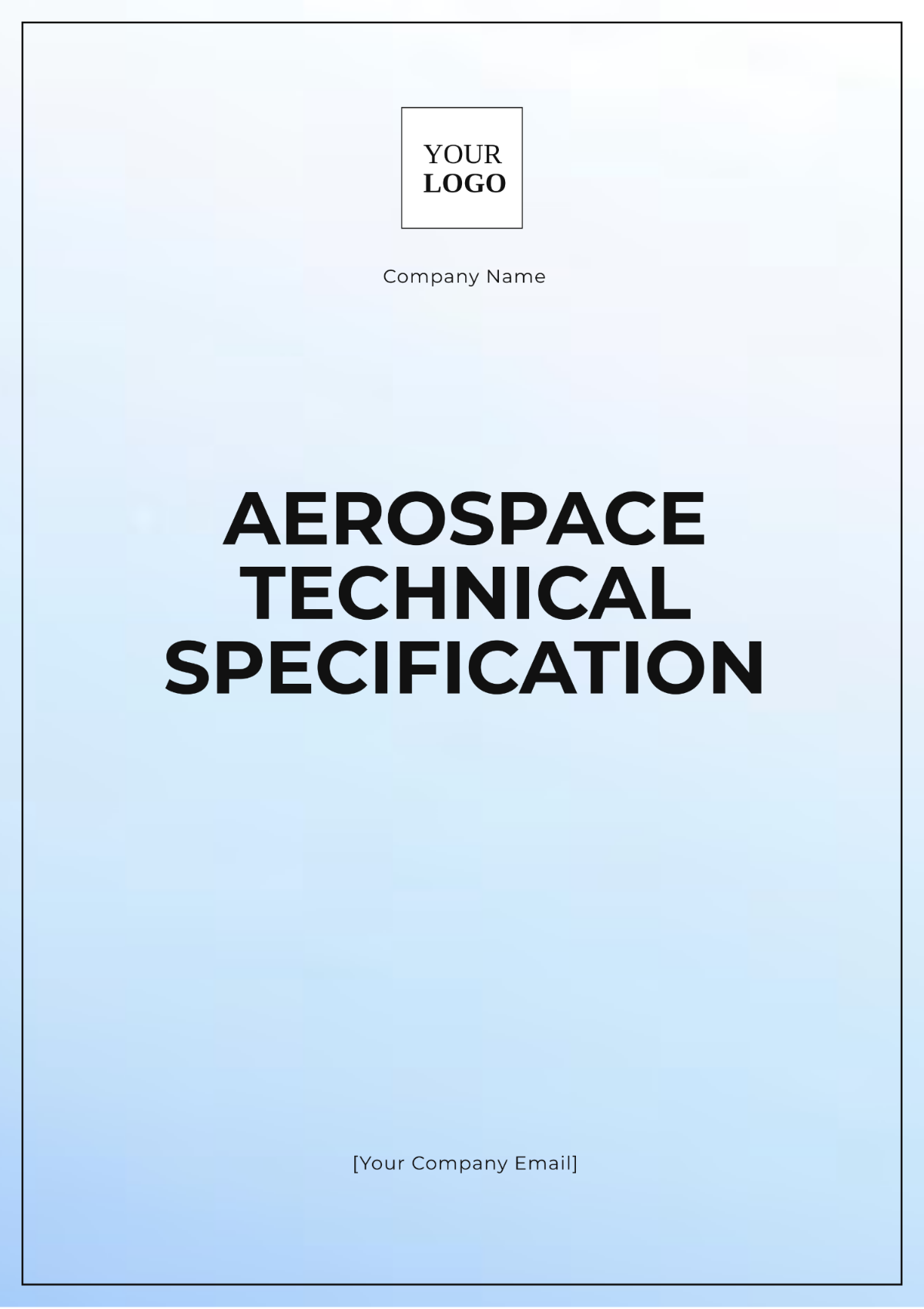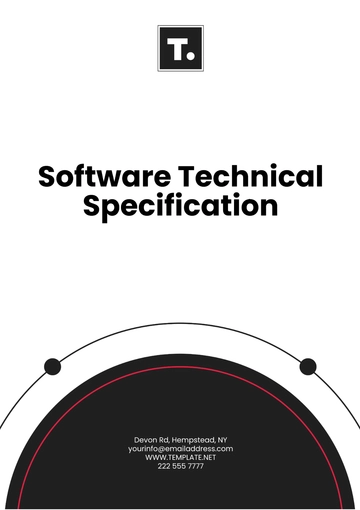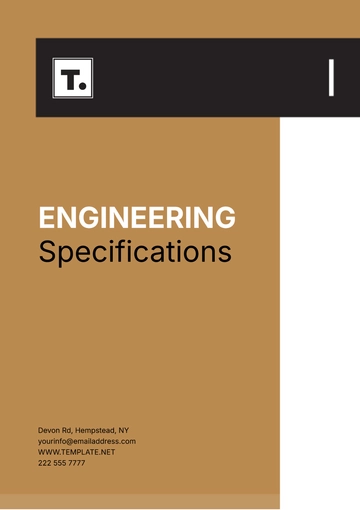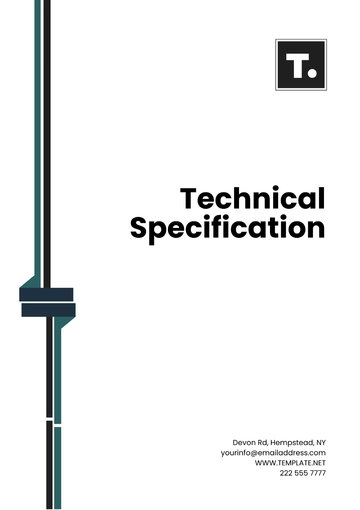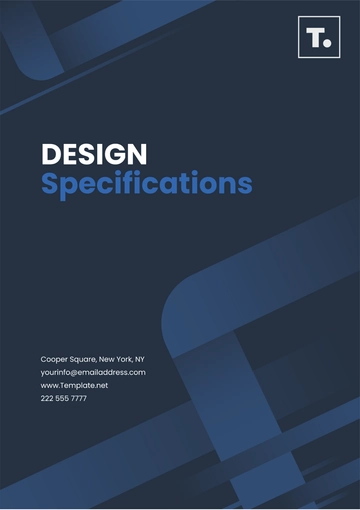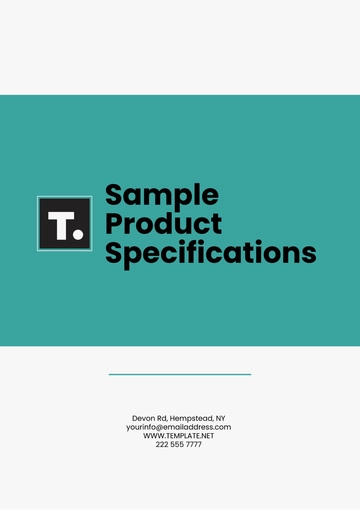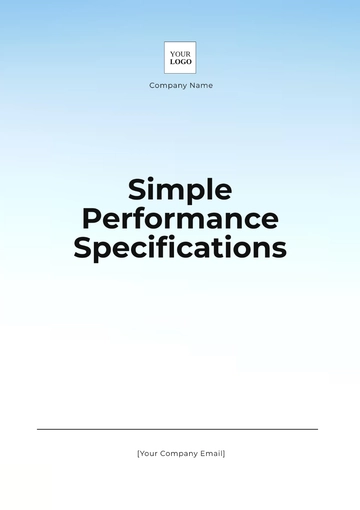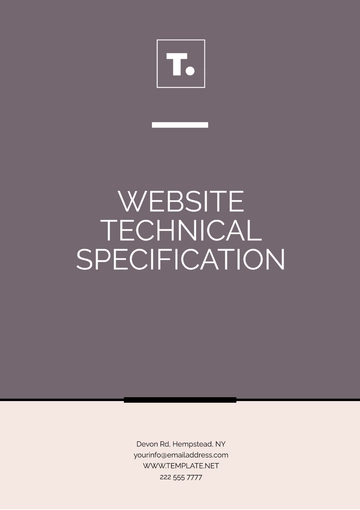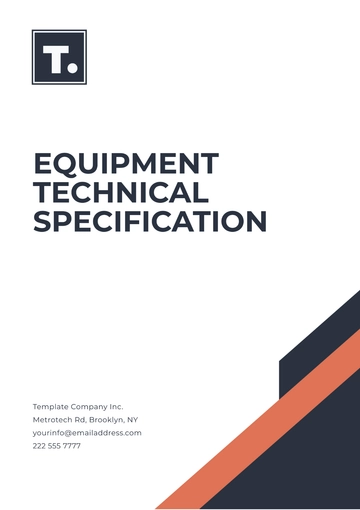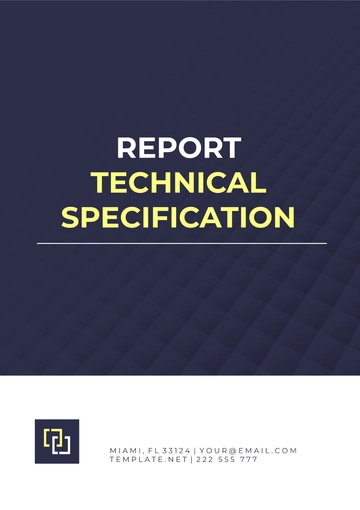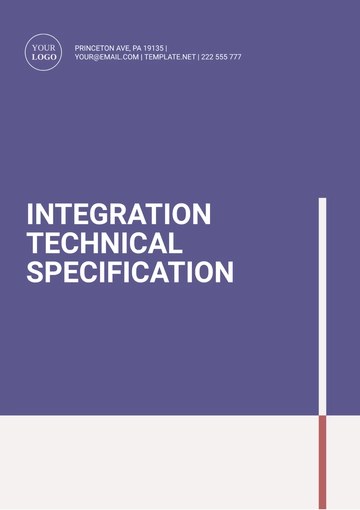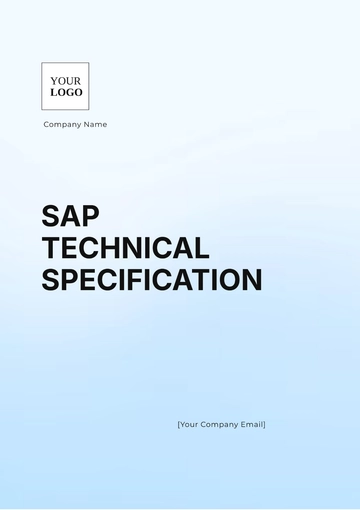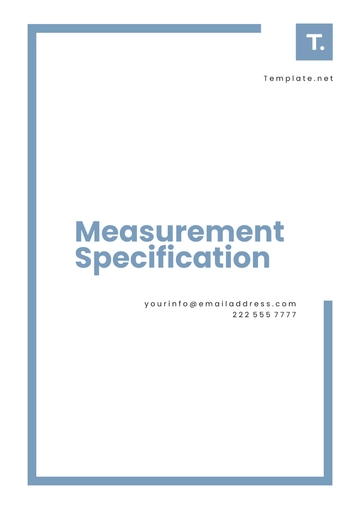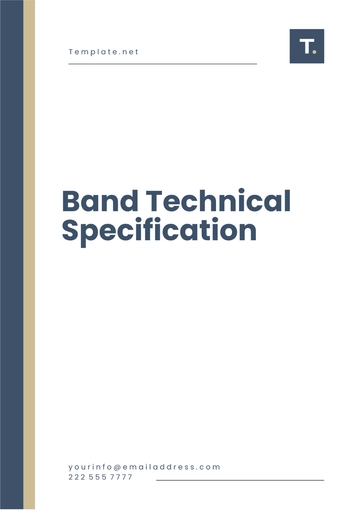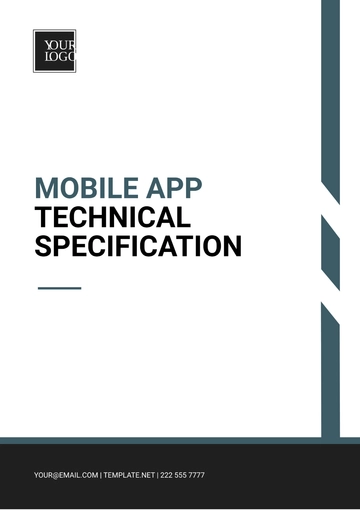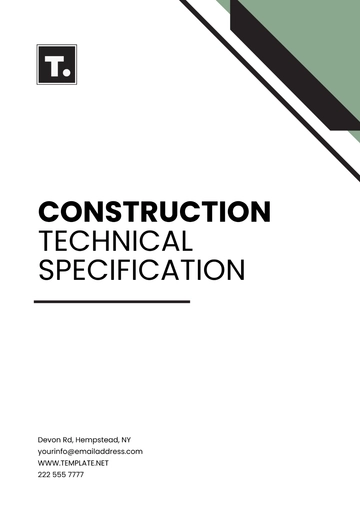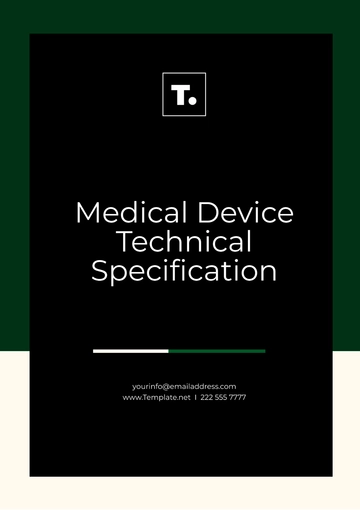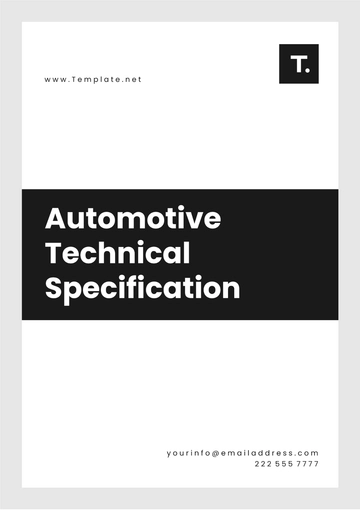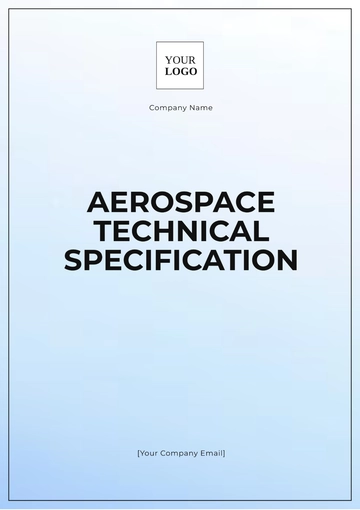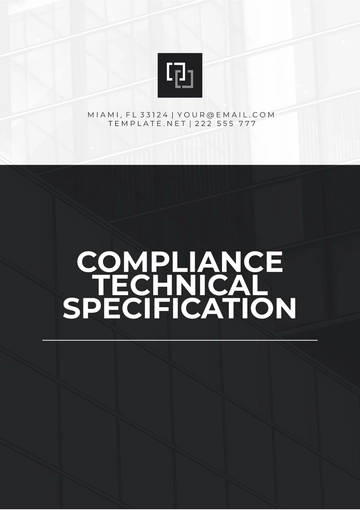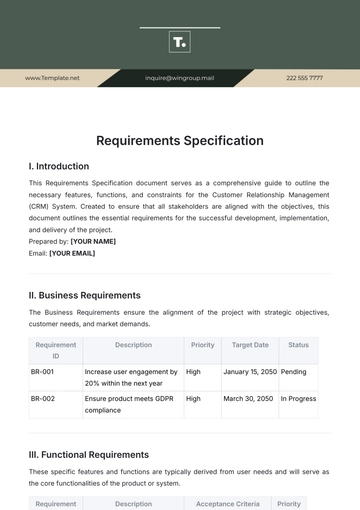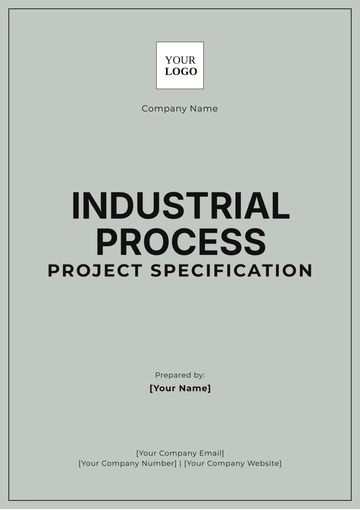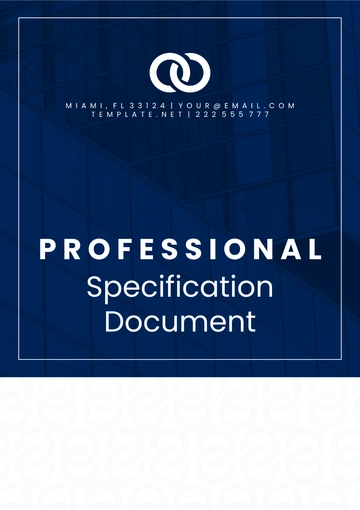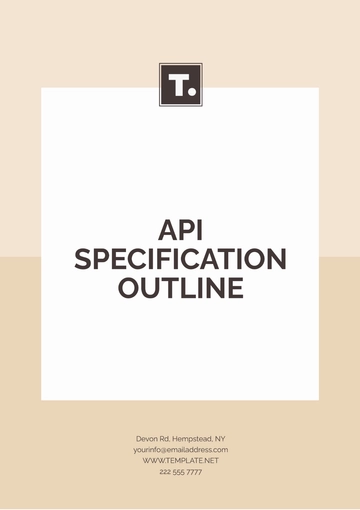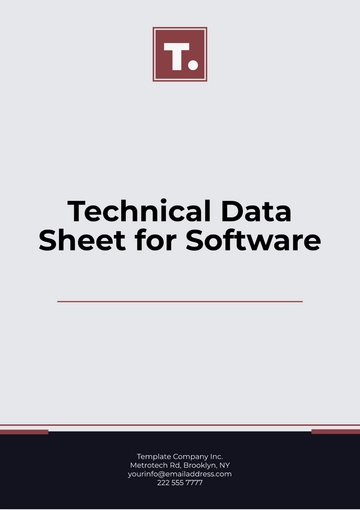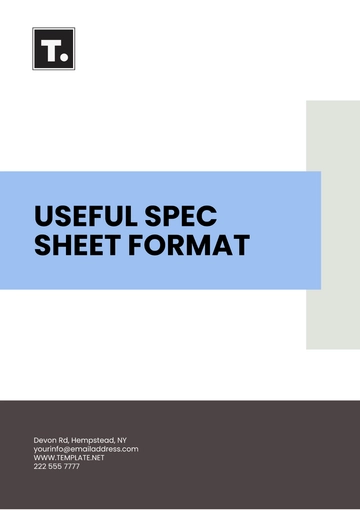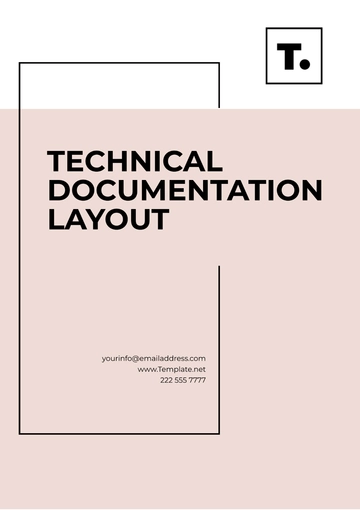Aerospace Technical Specification
Prepared by: [YOUR NAME]
A. Objective
The primary objective of this document is to detail the technical specifications required for the development and deployment of aerospace components. This document will serve as a comprehensive guide to ensure all aerospace components meet the industry standards and performance criteria necessary for safe and effective operation in aviation and space exploration.
B. Scope
Aircraft Structural Components
Propulsion Systems
Avionics and Control Systems
Environmental Control Systems
Ground Support Equipment
C. Technical Requirements
1. Aircraft Structural Components
All structural components must adhere to the following specifications:
Material: Carbon Fiber, Titanium, Aluminum Alloys
Tensile Strength: Minimum 500 MPa
Operating Temperature Range: -50°C to 200°C
Corrosion Resistance: Minimum Class 3 according to ASTM B117
Stress Tolerance: Must withstand up to 10G loads
2. Propulsion Systems
The propulsion systems must meet these criteria:
Thrust-to-Weight Ratio: 10:1
Fuel Efficiency: Minimum 0.5 lb/thrust-hour
Operational Altitude: From sea level to 100,000 feet
Noise Level: Less than 85 dB at 100 meters
Vibration Tolerance: Must comply with MIL-STD-810G
3. Avionics and Control Systems
Requirements for avionics and control systems:
Reliability: Minimum of 99.9999% operational uptime
Redundancy: Dual redundant systems for all critical functions
Operating Temperature Range: -40°C to 85°C
EMI Shielding: Must comply with MIL-STD-461F
Software Standards: Must adhere to DO-178C Level A
4. Environmental Control Systems
Specifications for environmental control systems:
Temperature Control: Maintain cabin temperature between 20°C and 25°C
Humidity Control: Maintain humidity levels between 20% and 60%
Air Quality: Must comply with ASHRAE Standard 161
System Redundancy: Dual systems for all life-support functions
Power Consumption: Maximum 500 watts
5. Ground Support Equipment
Ground support equipment must conform to these standards:
Mobility: Must be easily transportable and deployable
Durability: Capable of operating in various weather conditions
Power Source: Must be compatible with standard 240V power supply
Maintenance: Easy access for routine maintenance and repairs
Compliance: Must adhere to OSHA and FAA regulations
D. Performance Metrics
Component | Metric | Standard |
|---|
Structural Components | Tensile Strength | 500 MPa |
Propulsion Systems | Fuel Efficiency | 0.5 lb/thrust-hour |
Avionics | Operational Uptime | 99.9999% |
Environmental Control | Power Consumption | 500 watts |
Ground Support Equipment | Power Source Compatibility | 240V |
E. Testing and Validation
All components outlined in this specification must undergo comprehensive testing and validation processes to ensure compliance with the defined standards:
Physical Testing: Tensile, compression, and fatigue tests
Operational Testing: Real-world and simulated environment trials
Safety Testing: Evaluations under extreme conditions and failure scenarios
Software Testing: Adherence to coding and cybersecurity standards
Compliance Audits: Regular audits to confirm adherence to regulatory standards
F. Documentation and Reporting
The following documentation must be maintained and updated throughout the development lifecycle:
Design Specifications
Test Plans and Reports
Compliance Certificates
Maintenance Manuals
Change Logs
G. Review and Approval
This specification must be reviewed and approved by the following stakeholders before implementation:
Technical Specification Templates @ Template.net
